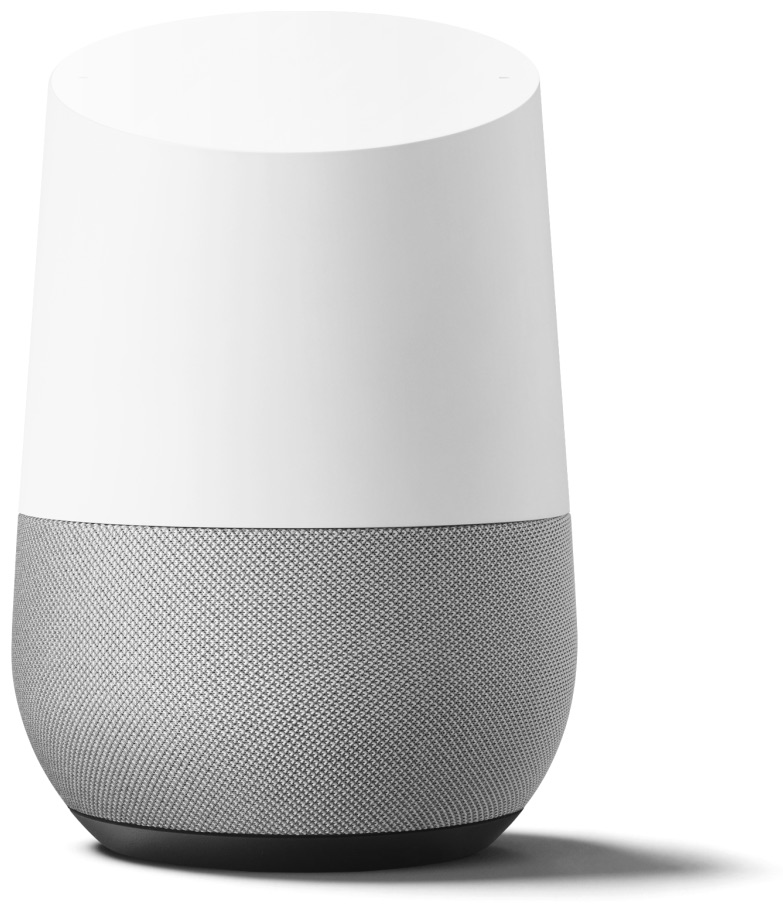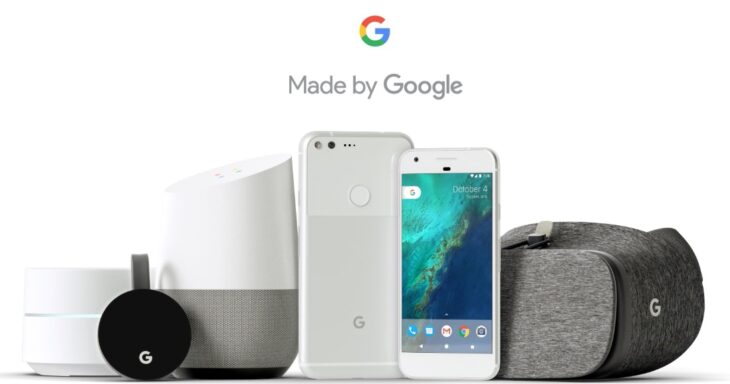At a press event in San Francisco, Google announced new devices, but mostly focused on the Google Assistant
The Google Assistant is just a more personalized, more context-aware version of the current voice assistant Android users are already familiar with, but Google made sure to highlight that it was the future and that it was improved.

As far as devices go, Google showed us the Pixel, the phone we had all been expecting.
The Pixel is wedge shaped, thinning towards the bottom, it is completely designed by Google inside and out, and it features a camera that uses HDR+ by default, can take quick bursts of pictures, and can launch quickly.
The phone was also said to have been built with VR in mind and will easily pair with another of Google announcements: the Daydream VR headset.
The company did try to push the idea that it was a new, more beautiful design in VR headsets, unfortunately to us it just looks like absolutely any other VR headset but covered in fabric. That fabric will come in 3 colors though: slate, snow, and crimson (AKA: “grayish,” “whitish,” and “reddish”).

The Daydream headset comes with it’s own motion and touch sensitive controller, which can be docked into the headset when it’s not in use (it can also survive a fall, apparently, as it was dropped during the press conference).
The Chromecast got an update too, the new device is called the Chromecast Ultra and it breaks with the very cheap pricing structure of its predecesors. The Ultra will cost $69 and will start shipping in September, but along with the price hike comes 4K compatibility.
The Lesser Included
Google also showed us a couple of arguably less interesting devices, the first being a WiFi system. Google WiFi uses several base stations to improve coverage and can direct devices to the base station with the ability to provide the best service and the least interference. It can also “pause” service to a given device, so that parents can get their kids to the dinner table.

The Amazon Echo Google Home also reappeared. It still has a funny shape reminiscent of a flower pot, it still features interchangeable bases to help it fit into the user’s home decor, but now it’s largely presented as a hands free way to access Google Assistant by saying “ok, Google” (something that they explicitly pointed out earlier that the phone can do, as can the current generation of Android phones). Google Home can also cast content to a Chromecast TV or speakers.


